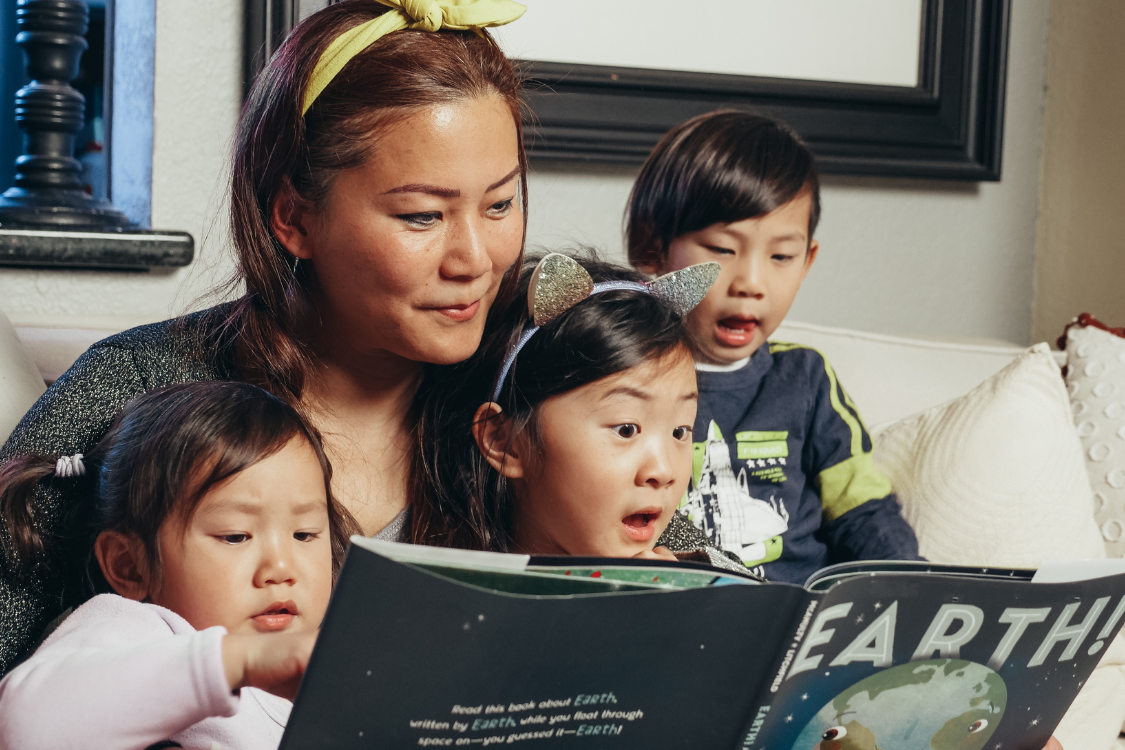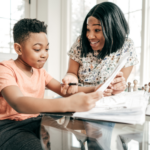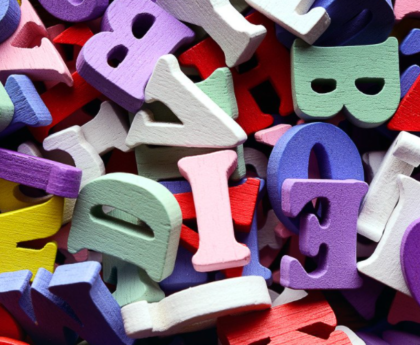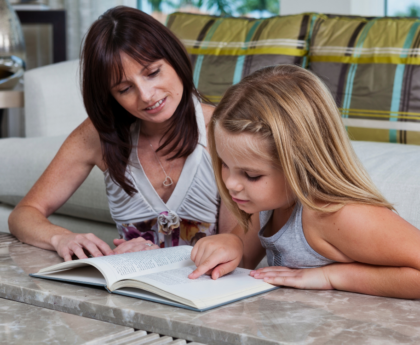The third year of life marks an exciting language explosion for most children. That quiet baby who once communicated through cries and gestures is now transforming into a little conversationalist! Between the ages of 3 and 4, children make remarkable strides in their communication abilities, moving from simple phrases to complex sentences and stories. Understanding these milestones helps parents and educators identify when a child is progressing typically and when they might need additional support.
What to Expect: Language Development at Age 3
By age 3, most children have moved well beyond the two-word phrase stage and are speaking in increasingly complex sentences. Their vocabulary expands dramatically during this period, and they begin using language in more sophisticated ways to express thoughts, feelings, and ideas.
Vocabulary Growth
Between ages 3 and 4, a child’s vocabulary typically grows to include 300 to 500 words. This is a significant jump from the approximately 50 words many children use at age 2. This vocabulary expansion allows them to express more complex ideas and engage in more detailed conversations.
Children at this age begin categorizing objects (like foods or clothes) and understanding descriptive words such as “big,” “small,” or “happy.” They’re increasingly able to identify and name colors and recognize simple spatial concepts like “in” or “on.”
A 3-year-old might say things like:
- “My ball is under the table”
- “I want the blue cup, not the red one”
- “That’s a big, scary monster!”
As their understanding of language deepens, they begin to grasp more abstract spatial concepts. They recognize when something is “behind” or “next to” something else. This expanding vocabulary allows them to navigate their world with greater precision and understand more complex instructions.
Sentence Structure and Grammar
Three-year-olds make significant advances in grammar and sentence structure. They typically:
- Use three- to four-word sentences consistently
- Begin using pronouns correctly (such as “you,” “me,” or “her”)
- Start using plurals like “shoes” or “socks”
- Begin using regular past-tense verbs (such as “jumped” or “played”)
- Use verbs ending in “-ing” (such as “walking” or “talking”)
You might hear a 3-year-old say, “I jumped really high” or “She’s walking to the store.” While their grammar isn’t perfect, they’re beginning to apply language rules more consistently. They might still struggle with irregular verbs (saying “I runned” instead of “I ran”), but they’re clearly demonstrating an understanding of how language works.
Comprehension Skills
Three-year-olds demonstrate impressive growth in their ability to understand language, not just produce it. Most children at this age can:
- Follow two-step commands (“Get your shoes and come here”)
- Answer simple questions (“What do you do when you’re hungry?”)
- Understand the use of objects (“What do we use a fork for?”)
- Respond to “yes-no” questions appropriately
- Recognize action words (clap, jump, sit)
Their ability to follow directions improves significantly, though they may still need visual cues or demonstrations for more complex instructions. This growing comprehension helps them navigate daily routines more independently and engage in more sophisticated learning experiences.
Beyond Basic Communication: Emerging Language Play
One of the most delightful aspects of the 3-year-old stage is children’s emerging ability to play with language and use it creatively. Children at this age typically:
Express Ideas and Feelings
Three-year-olds move beyond simply naming objects or requesting things. They begin expressing ideas and feelings rather than just talking about the concrete world around them. You might hear a 3-year-old say, “I’m sad because my toy broke,” or “I think monsters are scary.”
This ability to express inner states represents a significant cognitive and linguistic achievement. It demonstrates their growing understanding that others have thoughts and feelings too—the foundation of empathy and social communication.
Engage with Language Playfully
Many 3-year-olds begin to develop a sense of humor about language. They might:
- Enjoy simple poems and songs
- Recognize language absurdities (“Is that an elephant on your head?”)
- Make up silly words
- Play simple word games
This playfulness with language is not just entertaining—it’s an important part of developing phonological awareness, a critical precursor to reading success. When children play with sounds and words, they’re building the foundation for later literacy skills.
Tell Simple Stories
By age 3, many children begin stringing events together into simple narratives. They might:
- Retell parts of a familiar story
- Describe a sequence of events (“I went to the park and played on the slide”)
- Create simple, imaginative scenarios during play
This emerging storytelling ability shows their developing understanding of narrative structure—a key component of later reading comprehension. When children can organize experiences into “beginning, middle, and end,” they’re developing cognitive skills that will support their academic learning.
Speech Pronunciation Development
While 3-year-olds make tremendous progress with vocabulary and sentence structure, their pronunciation is still developing. By age 3-4:
- Speech is becoming more understandable to strangers, though some sounds may still be difficult
- Children use consonants at the beginning, middle, and end of words
- They may still struggle with some of the later-developing sounds like l, r, s, sh, ch, v, z, and th
- Complex words may be shortened or simplified
It’s normal for a 3-year-old to say “wabbit” instead of “rabbit” or “pasketti” instead of “spaghetti.” These pronunciation patterns are developmental and typically resolve as the child’s oral-motor skills mature. By age 4, most children’s speech is understandable to unfamiliar listeners about 75% of the time, though they may still make errors with more difficult sounds.
Red Flags: When to Seek Help
While there’s a wide range of normal development, certain signs might indicate a need for professional evaluation. Consider consulting with a pediatrician or speech-language pathologist if your 3-year-old:
- Uses fewer than 200 words
- Rarely puts words together into phrases or sentences
- Cannot follow simple directions
- It is difficult to understand (less than 50% intelligible to unfamiliar listeners)
- Shows little interest in communicating with others
- Demonstrates regression in language skills
Early intervention for language delays can make a significant difference in outcomes. Speech-language pathologists can provide targeted support to help children develop the skills they need for communication success.
Support Your 3-Year-Old’s Language Development
Parents and caregivers play a crucial role in fostering language development. Here are some effective strategies:
Read Together Daily
Reading aloud remains one of the most powerful tools for language development. At this age:
- Choose books with more complex stories and varied vocabulary
- Ask questions about the story (“What do you think will happen next?”)
- Point out letter sounds and rhyming words
- Let your child retell familiar stories in their own words
Children’s comprehension often exceeds their speaking ability at this age, so they can understand stories with more sophisticated vocabulary and sentence structures than they can produce themselves. This exposure to rich language through books helps expand their linguistic horizons.
Engage in Meaningful Conversations
Three-year-olds are capable of increasingly complex conversations. To support this development:
- Ask open-ended questions rather than those requiring only “yes” or “no” answers
- Give your child time to respond and process information
- Expand on their statements (If they say “big dog,” you might respond “Yes, that’s a very big, brown dog with floppy ears”)
- Introduce new vocabulary in context
These conversations build not only language skills but also critical thinking and social connection. When children feel their words are valued, they’re motivated to communicate more.
Play Language Games
Make language development fun through playful activities:
- Play sorting and categorizing games (“Let’s put all the animals in one pile and all the toys in another”)
- Practice following directions with Simon Says or scavenger hunts
- Create silly sentences together
- Sing songs with movements and gestures
These playful interactions strengthen neural connections for language while creating positive associations with communication.
Provide Clear Language Models
Children learn language by hearing it used correctly:
- Speak clearly and at a slightly slower pace when introducing new concepts
- Use proper grammar and pronunciation (without explicitly correcting your child)
- Expand on your child’s utterances with slightly more complex language
- Narrate daily activities to provide vocabulary in context
When your child makes errors, model the correct form without explicitly correcting them. For example, if they say “I goed to the store,” you might respond, “Oh, you went to the store? What did you see there?” This provides the correct form without making them feel wrong.
Connect Language to Early Literacy
The language developments occurring between ages 3 and 4 lay the crucial groundwork for later reading success. During this period, children begin developing:
- Phonological awareness (recognizing and playing with the sounds of language)
- Print awareness (understanding that print carries meaning)
- Narrative understanding (recognizing the structure of stories)
- Letter recognition (identifying some letters, often starting with those in their name)
These foundational skills directly support the development of decoding abilities and reading comprehension when formal reading instruction begins. The Science of Reading emphasizes the importance of these early language skills as predictors of later reading success.
Three-year-olds often show emerging interest in print. They might:
- Recognize logos and environmental print (like stop signs or favorite brand logos)
- Pretend to “read” familiar books by retelling the story from memory
- Show interest in letters, especially those in their name
- Begin scribbling with the intention to “write” messages
These early literacy behaviors should be encouraged and celebrated as important steps toward reading readiness.
Embrace Your Child’s Unique Language Journey
Remember that while milestones provide helpful guidelines, each child develops at their own pace. Some children are more verbal early on, while others may focus on other developmental areas before their language explodes. Cultural and family differences, multilingual environments, and individual temperament all influence how and when language develops.
The most important thing you can provide is a rich, responsive language environment where your child feels confident and motivated to communicate. By engaging with your 3-year-old through meaningful conversations, playful interactions, and regular reading, you’re giving them the foundation they need for communication success throughout life.
Support Your Child’s Language Development Journey
The journey of language development is both fascinating and rewarding to witness. As your 3-year-old grows into a more sophisticated communicator, celebrate their achievements and provide gentle guidance for continued growth. Remember that the language foundations you help build now will support not only their reading development but also their social connections and academic success for years to come.
Want to support your child’s language and early literacy development with evidence-based activities? The Reading.com app offers age-appropriate games and parent guidance designed to build strong pre-reading skills in young children. Start your free 7-day trial today and discover how to turn everyday moments into language-learning opportunities.





